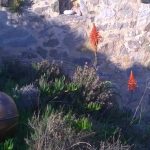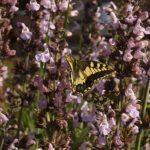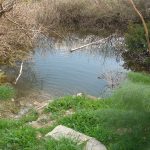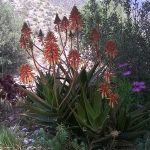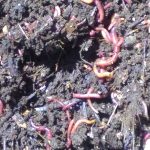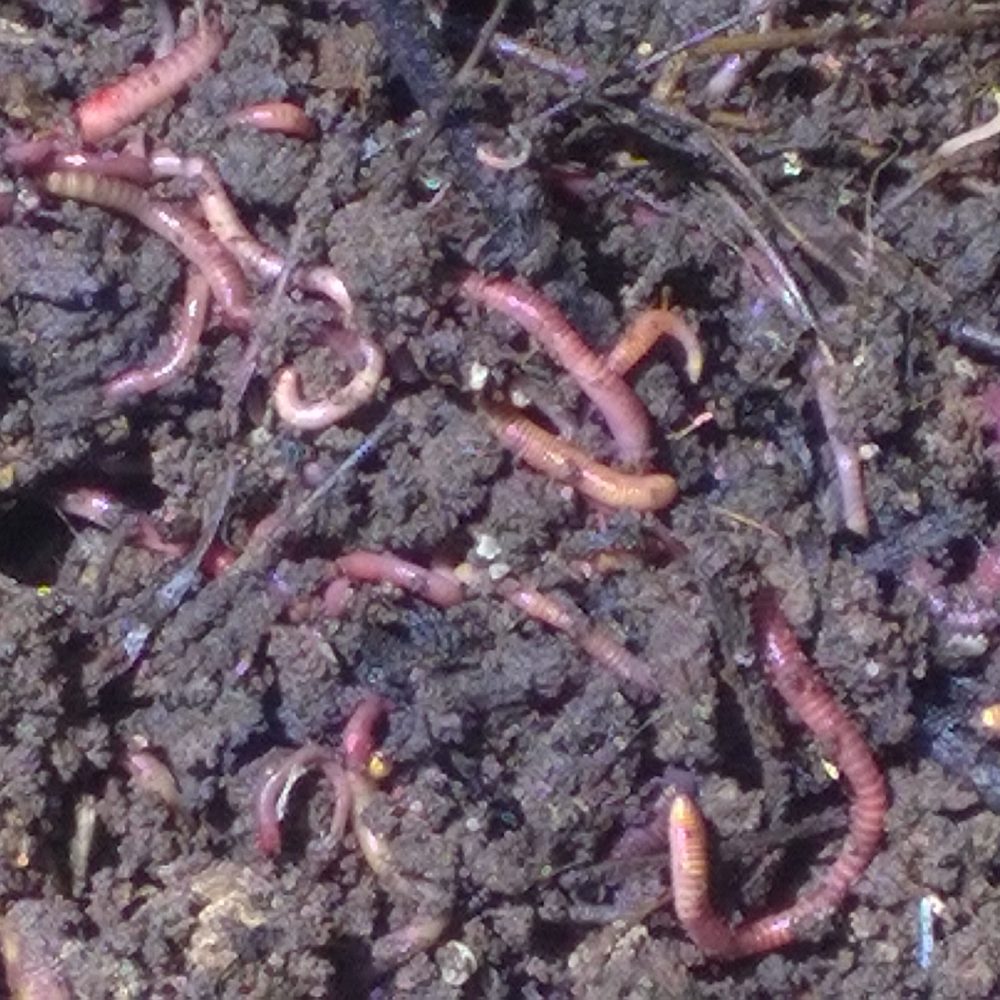
Do we bear or delegate responsibility?
We are convinced, that bearing it is a superior parental care than telling the children: We did not know!
reCREaTE is a new beginning with its open end. We set new origins and push the wave of change. What an adventure? What a surf?
We did not invent anything new, but we use the known in diverse strategies based on the evolution constant, that soil and water produce food for the soul. Not only for the digestive system.
Soil culture increases the energetic level of soil life. Voluntarily we co-create in a consensual partnership life from lost soils covering half of the arable lands. See charts. This life comes from our love for life and will for change.
This is the energy we distribute, food for the soul.
Our soils have the strong intention for an exemplar spread to build a rhizome with colleagues in the endeavour to harmonize man/woman with biosphere.
The art of painting co-created landscapes. The
“Ecologic transformation of the cradle of Europe”
The pictures refer to Soil culture cultivations, products, product information, presentation and placement and local distribution.
Solutions for land use optimization: Water Harvesting 1988 bis…
Location
Step semi arid to arid hillside at the central South coast of Crete, , 120 m above NN, precipitation 400 mm/y,
Ceratonia siliquia- Olea Europea habitas with mediterranean Phyrus amydaliformis Phrygana. highly endangered of desertification and over grazing.
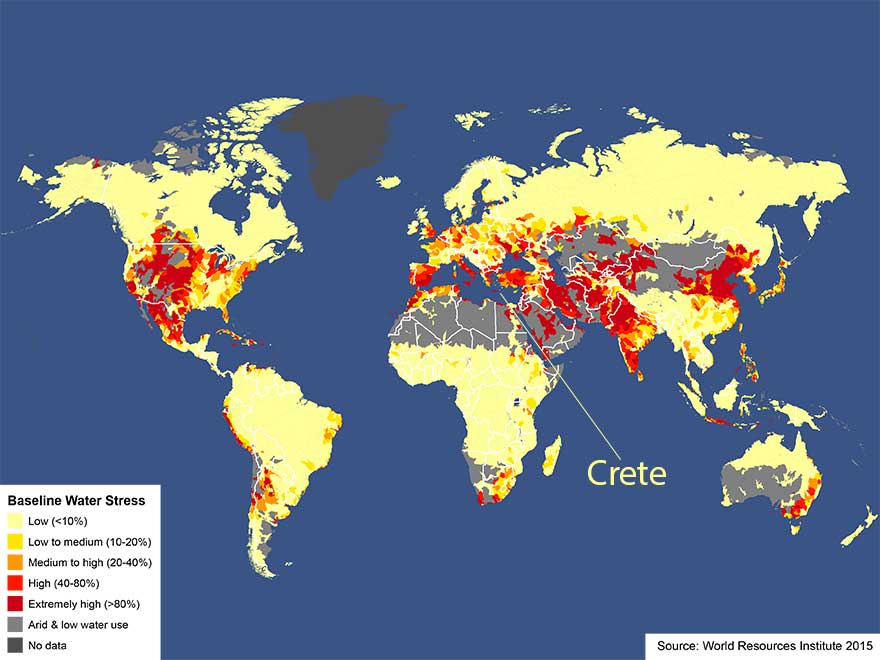
It showed up, that the location has a centered position.
Construction measures and their output
The photos show, under the prevailing conditions of that time, the construction of the 3rd and lowest pond.
The Afrcan climate at the South coast provides only winter rain falls from Oct – March app. Rain occures rarely, but with heavy loads in short period.
There were built 3 ponds in the existing physical water run off the winter precipitation. We shaped the entire land scape in order to slow down run off speed.
Excavation with JCB, insulation with pressed clay.
Pond 1 had about 15m3 only but its purpose was less storing than the cleaning of the run off and to lower the speed of it. From there the water went into a constructed wetland to bring it nearly to a stand still. From there it went into the second pond with 60 m3. Both ponds were open, the water evaporated with the result of enhanced humidity gradients or penetrated the underground aquifers. We tried to keep it as long as possible in place.

Pond 3 was 6 per 12 per 4 meter, approximately 280 m3 storing capacity
The construction worker shows the kind of work it was
Follow up
The constructed wetland in 1997.The violet Orchids Orchis laxiflora are an endangered species in Crete. The settled in the constructed wetland and distributed themselves along the perennial green belt between the 3 ponds. The area was observed an examination by various scientist at that time. It was been classified by Prof. Dr. Jahn, University of Regensburg, as one of the most rich in biodiversity areas all over Crete.
The second pond developed to an oasis for bird life and amphibians. Bellow the pond the landscape showed enriched biomass and wildlife livelihood
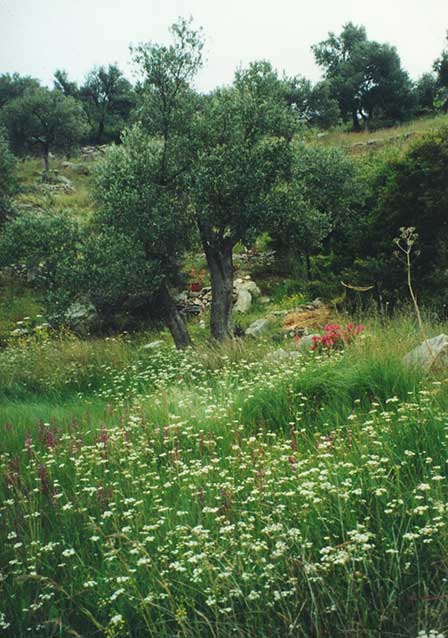
Maybe it worked, because we found a very nice Hinkelstein during our excavation works. We planted the stone in the field below the pond as a centre for our sustainable development approach. We planted a spiral, divided into the corresponding 4 elements of the directions and subdivided into the four corresponding elements of plants according to Paracelsus. We centralized our mental energies.
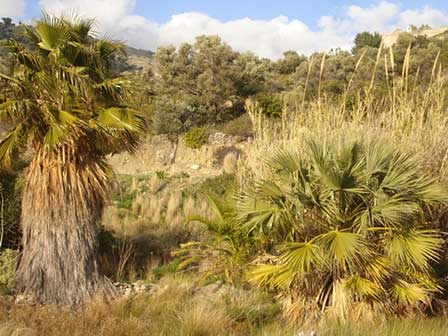
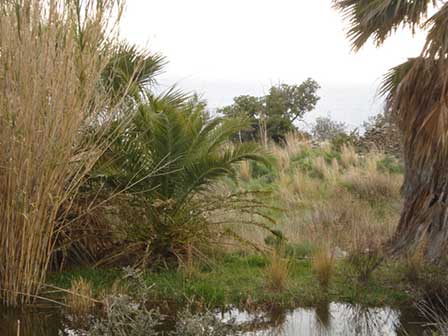
A Feng Chui of sustainable development. .
